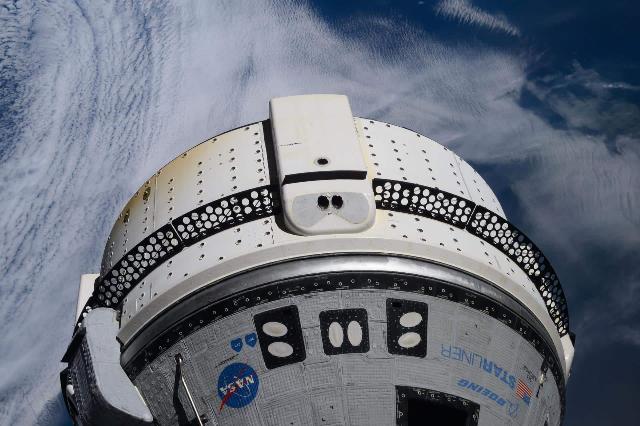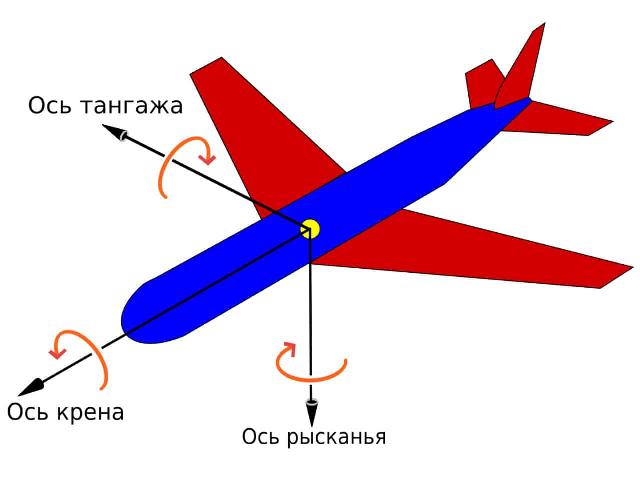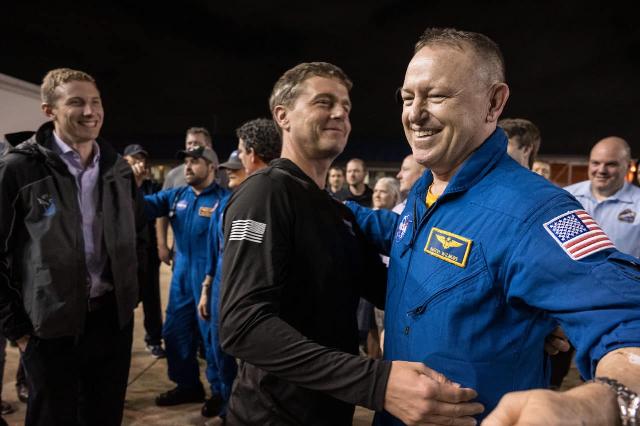Eric Berger, a well-known American industry columnist, interviewed the crew of the Boeing spacecraft, whose technical problems delayed two astronauts in orbit for nine months instead of one week. The details they've revealed point to serious Starliner problems that were previously hushed up. People have spent a lot of time at deeply abnormal temperatures. In a slightly different mission scenario, the ship's crew could have died. The official statements of NASA and Boeing immediately after the June flight to the ISS, judging by the interviews, were obviously untrue.
According to the interview, the problems of the Starliner mission began even before boarding the ship in June 2024. It was supposed to be launched into orbit by Ares V rocket from SpaceX competitors. However, one of the valves of the upper stage of the rocket worked poorly, and for long enough that during the waiting period, the ship's commander Barry Wilmore had time to ask the leadership to send him back to the training center so as not to lose his qualifications until the situation was corrected.
After the launch, everything seemed to be going well, except that the ship became cold. People had to put on all their clothes and shoes, and then their shipboard spacesuits, as the temperature in the cabin dropped, according to them, to +10. It was cold even in the spacesuits. Prolonged exposure to this temperature can lead to serious problems.
The crew did not know why this happened. Perhaps the abnormal temperatures were related to the designers' calculation of four crew members generating more heat than two people in a test flight. In any case, this does not speak too well about the thermoregulation system of the Starliner.
The real problems arose when the ship began to maneuver for docking with the ISS. The Starliner has 28 small maneuvering engines assembled in four groups of seven. In each of them, two are directed forward, two backward, and three sideways (at different angles). During the unmanned flight to the station in 2022, there were already difficulties with them.

Starliner at the moment of docking with the ISS. In the center of the photo you can see one of the four groups of engines for maneuvering
Image source: NASA
During a human flight in June 2024, at a distance of 260 meters from the orbital station, one of the small engines failed, and Wilmore took control (turned it into manual mode). The second engine stopped working almost immediately. If three failed, docking according to the rules would be prohibited, that is, the situation was critical.
But soon the third engine also failed. In addition, Wilmore found that the manual controls were slow to respond to his actions. After that, the fourth engine also stopped working. This meant that the crew lost the ability to control the ship's movements in six degrees of freedom — forward/backward, up/down, left/right, roll axis, yaw axis and pitch axis (illustrated by the example of an airplane).

© Wikimedia Commons
With the loss of the fourth engine, the Starliner could no longer maneuver forward, only along other axes. In theory, according to the rules, the docking should have been canceled at that moment. In the event of serious maneuvering problems, it could result in a collision between the ship and the station, which could lead to damage or, in the most severe cases, even death. But with such a degree of loss of control over maneuvering, it was impossible to confidently orient the ship relative to the Ground. And without that, he couldn't land correctly. It was necessary to decide which was more risky: to try to get in touch with a partial loss of control or to fly back to Earth with such problems.
Barry Wilmore, commander of the ship
The astronauts believed that in such a situation it would be wiser to complete the docking while the nose of their ship and the ISS as a whole were oriented approximately the same way. If their axes had deviated, the Starliner's automation would have stopped further convergence. But the mission control center in Houston came to the conclusion that the only realistic option for docking is to restart control of all engines so that some of them work again.
The decision was risky for two reasons. Firstly, the assumption that the engines would start working correctly after a reboot was not supported by anything, since the reasons for their failure remained unknown. Secondly, such a reboot required disabling the manual control mode. If the automatic control system did not work properly after that, the docking became unrealistic.
At the time of the relative stability of the spacecraft, the astronaut informed Earth that they might try to remotely restart engine control. Two of them started working again, which allowed the ship to start operating almost normally. But then the fifth engine failed.
Barry Wilmore, commander of the ship
The Mission Control Center decided to restart the engine control system once again. This time, two of the three faulty ones worked, meaning the ship could fly even in automatic mode, not just manual. From Earth, it was recommended to dock on it, since manual docking in orbit is fraught with errors (and this has already happened). The fact is that such events in an astronaut's career are very rare, which is why they have no practical experience in docking.
Wilmore, struggling with himself, agreed. His doubts were related to the fear that after new failures he would not be able to return the ship to manual control mode. However, the docking went on normally, without stopping the engines and exiting the automatic mode. After that, the crew commander performed a small dance of joy right at the entrance to the ISS. In an interview, he said that even then he was sure that they would not be sent back to Earth on a Starliner.
This is interesting because for more than a month after the docking, NASA and Boeing pretended — and even publicly expressed confidence — that they would return the astronauts on the same ship. Now, after Wilmore's interview, it's clear that both organizations were putting on a good face when playing a bad game. With such multiple refusals in a short time, it would be foolhardy to take such a step. Why they misinformed the public at the same time is not so easy to understand.
For the first time, the interview shows the danger of last year's summer flight. If the engine restart had not worked, the astronauts would not have docked with the ISS. Yes, it would be possible to urgently organize an emergency rescue mission on Crew Dragon. But both the long waiting time on the Starliner at +10, and the docking itself with the transfer of people to the rescue ship definitely posed some risks to the lives of the Boeing crew.
As Naked Science previously wrote, the development of the Starliner spacecraft was ordered by NASA a decade before the flight in 2024. This was done simultaneously with the launch of SpaceX's Crew Dragon development, which has been successfully flying to the ISS since 2020. Back in 2014, NASA believed that Musk's company might not be able to complete the task on time.
But Boeing, the agency's experts believed, would definitely cope. Therefore, the second SpaceX order was questionable for a long time: it was believed that there was no need to duplicate a reliable contractor with a less proven time. If this decision had not been reviewed, the United States would not have had a working spacecraft for many more years. Boeing received a contract for its share of flights to the ISS that is more than one and a half times more expensive than SpaceX. At the moment, zero of the already paid flights have passed without failures, while SpaceX has already completed them all.

